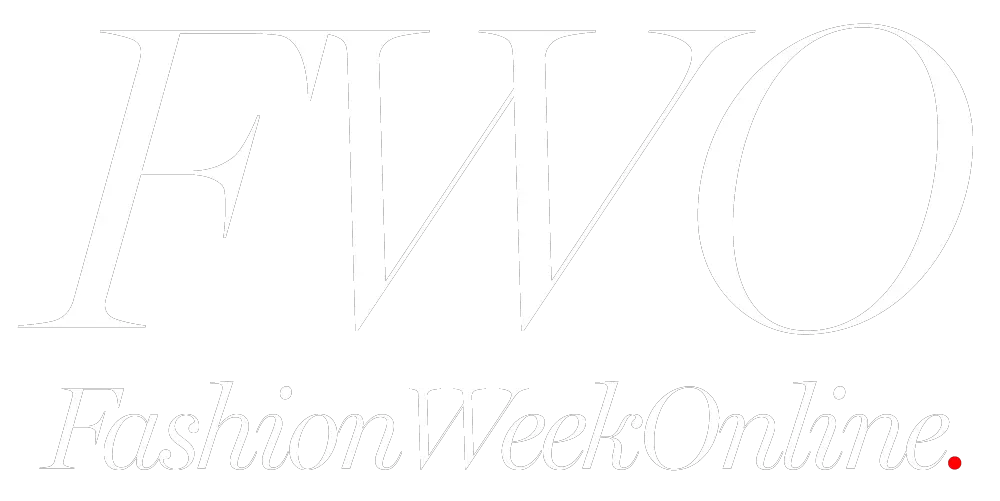Introduction
Fashion has been a great deal more than what people put on; it is a cultural language that puts forward identity, aspiration, and creativity. Over the past century the industry has seen a shift away from annual trends set by a few large houses to a worldwide movement that touches into the daily lives of people across continents.
Today fashion runways appear in Tokyo, Moscow, and beyond. Digital shows that go out to millions on the internet have expanded that influence and access in a way that was almost beyond imagination.
This shift towards a more inclusive style has brought the industry to where it is today. What was once marginalized is now at the core of what is put forth on the main stage of fashion. Society sees in streetwear, gender-neutral lines, and cultural blends the trends that are breaking ground in a globalized world. For the consumer, clothing is a way to put forward personal values and community identity as much as it is for looking good. In this ever-changing environment, the evolution of fashion weeks, which used to be exclusive, has moved to hybrid spaces that mix art, business, and digital interaction.
Technology as a Catalyst for Change
In present times technology is a very powerful force behind fashion transformation. Digital innovation has changed the way designers create, brands distribute, and consumers interact.
E-Commerce Revolution
Online retail has put at consumers’ fingertips a vast choice of brands. Geography plays no role in shopping, which in turn puts the world stage into play for fashion from the luxury to the independent.
The Rise of Influencers
Social media has turned into a stage for influencers, which they do very well. Instagram, TikTok, and YouTube personalities are setting trends and making purchase decisions for their followers at a speed that traditional advertising can’t match.
Artificial Intelligence & Augmented Reality
AI is at the wheel of today’s recommendation engines, which in turn present users with products that fit what they are looking for. Also in the online shopping space, augmented reality allows customers to virtually try out products like clothing, which in turn reduces the uncertainty in online purchases and also minimizes returns.
3D Design & Sustainable Prototyping
Designers are now using 3D modeling software to put together collections at a speed that was not seen before and that also reduces waste. By getting rid of unnecessary physical samples, brands are able to reduce their environmental impact at the same time as they innovate.
Blockchain for Transparency
Blockchain is a growing solution for authenticity and traceability. It can be seen in action from the point of origin of raw materials to the improvement of ethical supply chains, which in turn gives the consumer confidence in their purchase.
While these developments bring what some may see as unprecedented convenience and tailoring of products and services to the individual, they also bring to the fore issues of data privacy, overconsumption, and the issue of which is more important, rapid progress or responsibility. Society has in front of it the challenge to ensure that what technology does is add to, not take away from, sustainability and, in turn, consumer trust.
The Importance of Accessibility and Affordability
Innovation in fashion should also not favor the few—it has to be for all. It is clear that that which is high quality, sustainable, and avant-garde comes at a higher price point, but today’s consumer expects affordability in addition to excellence.
This is a key issue that must be spoken of in terms of affordability. Digital forums and discount groups fill in the space between what people want and what they can afford. For example, Valuecom type services present tailored promotions that allow customers to try out fashion without breaking the bank. In this way, fashion that is at once sustainable and stylish is made available to all and not just the elite.
Affordability also fuels creativity. When people are secure in their financial situation, they are more likely to put on designs that are new to them, to look at eco-friendly products, and to go for bold trends. This also plays into the fact that brands and consumers are inclusive, which in turn grows loyalty and builds a culture of fashion that is open to all. In this respect affordability isn’t just about the price—it is about empowering individuality and inclusivity.
Sustainability: The Core of Fashion’s Future
As the issue of climate change and the environment breaks out more into the open, sustainability is at the fore of what will define the future of fashion. Designers as well as brands are being forced to reconsider every phase of their operations due just before a trend toward increased customer accountability.
Transparency and Accountability
Shoppers ask just how products are made as well as under what conditions. Brands that open up about their practices, from fair labor to sustainable sourcing, see that pay off in terms of loyalty and credibility.
Sustainability is a global issue; it is a value that consumers all over the world are embracing. Brands that don’t adapt to this shift risk being left out in the cold in a market where what a company stands for is sometimes what customers care about most.
Conclusion
Alright, let’s get real. Fashion right now? It’s this wild mashup of eco-friendliness, digital wizardry, and whatever’s hot in the culture. Seriously, one minute you’re scrolling Insta, next thing you know—AI is recommending jeans you didn’t even know you wanted. The whole industry’s switching gears, figuring out how to recycle, reuse, and make stuff cheap enough so regular folks can play too.
But here’s the snag: everyone keeps arguing about what’s actually “authentic” and cool versus what’s just, you know, checking the box on being inclusive or “safe for the planet.” People aren’t just passive shoppers anymore, either. Thanks to apps and all these wallet-friendly websites, they’re calling the shots, shaping trends, and basically keeping the big brands on their toes. Well, about time, right?
In the end, fashion is a conversation between what people want and what they can have, between what creators make and what they believe in, and between how individuals present themselves and how society lives.
##




